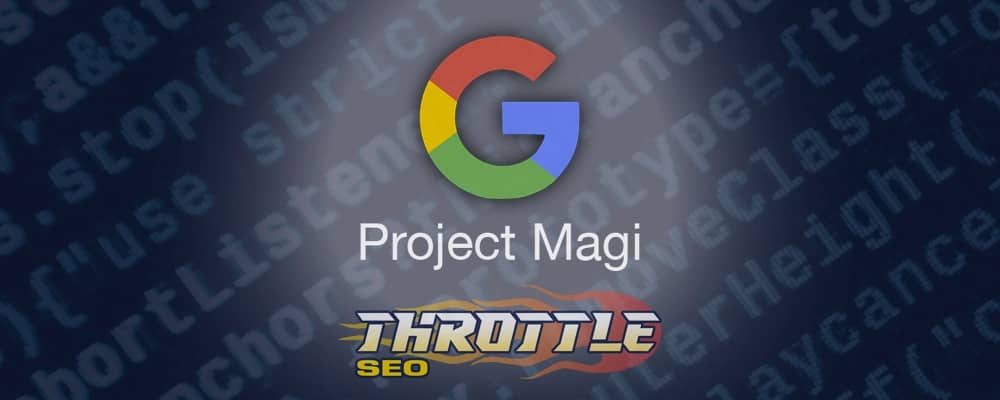Understanding Website Error Codes
As an SEO agency, Throttle SEO is no stranger to encountering a wide range of website error codes. These codes are crucial to understanding and resolving issues that may impact the user experience and search engine rankings. Let’s explore some common website error codes, their meanings, and how to address them.
400 Bad Request
The 400 Bad Request error occurs when the server is unable to understand a client’s request due to incorrect syntax. This could be caused by a malformed URL or an invalid header.
How to fix it:
- Ensure that the URL is correctly formatted and encoded.
- Review and correct any errors in the request headers.
401 Unauthorized
A 401 Unauthorized error indicates that the client must authenticate itself to access the requested resource. This error is typically encountered when trying to access a password-protected page without providing the proper credentials.
How to fix it:
- Make sure to enter the correct login credentials.
- Ensure that the website’s authentication settings are configured correctly.
403 Forbidden
The 403 Forbidden error occurs when the server understands the request, but it refuses to authorize it. This often happens when the client does not have the necessary permissions to access the requested content.
How to fix it:
- Check the website’s file and directory permissions, ensuring that they are properly set.
- Verify that the access control settings are configured correctly.
404 Not Found
A 404 Not Found error is one of the most common error codes, signifying that the requested resource could not be found on the server. This can happen when a user tries to access a broken or dead link.
How to fix it:
- Regularly check for broken links on your website and fix or remove them.
- Create a custom 404 error page to redirect users to a relevant page on your site, helping them find the information they need.
500 Internal Server Error
The 500 Internal Server Error is a catch-all error message indicating that the server encountered an issue while processing the request. It could be due to a server misconfiguration, a faulty script, or a database connection problem.
How to fix it:
- Examine your server’s error logs to identify the cause of the issue.
- Correct any scripting errors, adjust server configurations, or address database connection problems as needed.
503 Service Unavailable
A 503 Service Unavailable error signifies that the server is temporarily unable to handle the request, possibly due to maintenance or a server overload. This error is usually a temporary issue and should resolve itself after some time.
How to fix it:
- Confirm whether the server is undergoing maintenance, and if so, wait for it to be completed.
- Check server resources and consider optimizing or upgrading if necessary.
Why do I need to know this?
Understanding website error codes is essential for maintaining a smooth user experience and ensuring optimal search engine rankings. By keeping an eye on your website’s error codes and addressing them promptly, you can ensure that your site remains accessible and functional for your users.
If you’re unsure how to tackle these issues or need assistance optimizing your website for better performance, Throttle SEO is here to help. Contact us today to discuss your needs and let us help you elevate your online presence.
Share Your New Knowledge!
Throttle SEO LLC
Follow Us!
Talk to Our Sales Team!
By completing and submitting this form, you agree to receive service information and promotions from Throttle SEO. To learn more about how we use your information, see our Privacy Policy.




